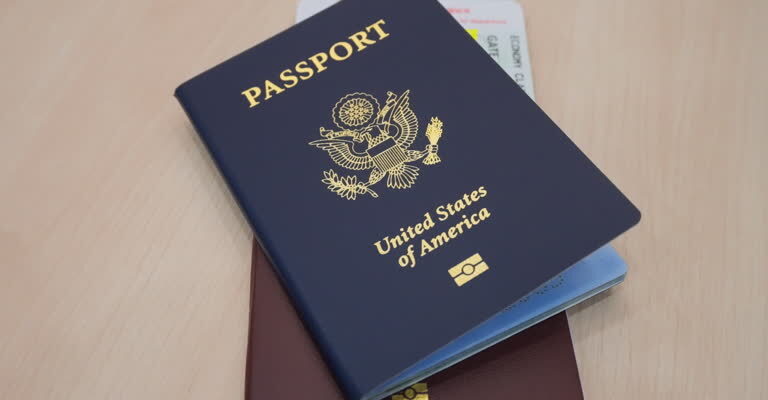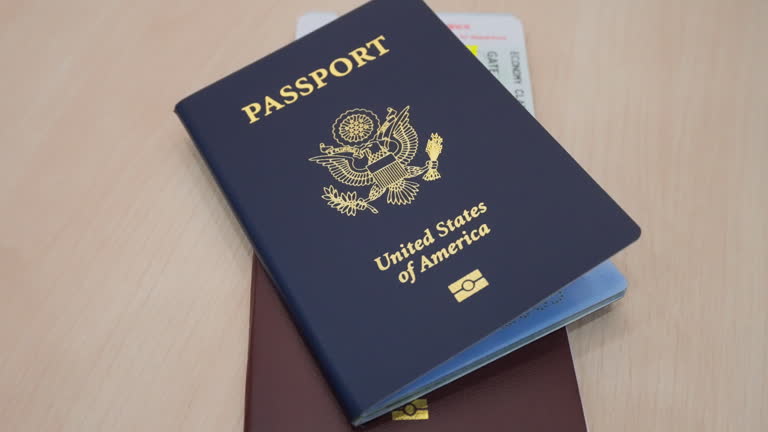
The most frustrating part of being sick with flu these past 11 days has been losing all the strength I’d acquired from working out since we arrived in Lake Las Vegas on December 18. I worked hard to build strength and stamina, and once I noticed the improvements, I got sick.
Sure, it entered my mind that I may have pushed myself too hard, but instead, I believe I caught it from the sick Uber driver when we went to dinner at Richard’s home weeks ago. Now, I am left with a cough and weakness. Soon, I will slowly begin to work out again and hope to rebuild my strength by the time we leave here for the airport to fly to South Africa in 37 days.
The time until we depart has passed quickly, and in a little over three weeks, I’ll start sorting and packing. Since I’ve lost weight and plan to keep it off, I have several clothing items to donate to Goodwill, along with the wheelchair I no longer need. We will call and make arrangements for pickup or drop the items off at a store next time we go out.
Yesterday, it was two weeks until son Greg and his girlfriend Heather will arrive for a visit. They will stay with Richard during their five-day visit. I am so excited to be with my sons and their significant others for the first time in many years. It’s a good thing I got sick when I did instead of when they were about to arrive.
With Tom’s help, we chopped and diced ingredients for Tom’s low-carb pizza, which we’ll cook tonight. We’re making enough for three nights. Last night, I roasted chicken thighs and legs for me, which I’ll have for the next few nights. All I have to do today is make a salad and put the ingredients on top of the two pizza crusts I made this morning.
Tom mostly cooked for himself while I was sick, while I had simple, light meals. One day, we made a batch of chicken salad for three dinners. It was easy, although I wasn’t able to do much. At least now, I’m feeling well enough to do a few things.
Sorry, I don’t have anything exciting to write about today. Hopefully, I’ll be myself again soon and be more enthusiastic about preparing posts.
Be well.
Photo from ten years ago, January 24, 2015:
|
|













